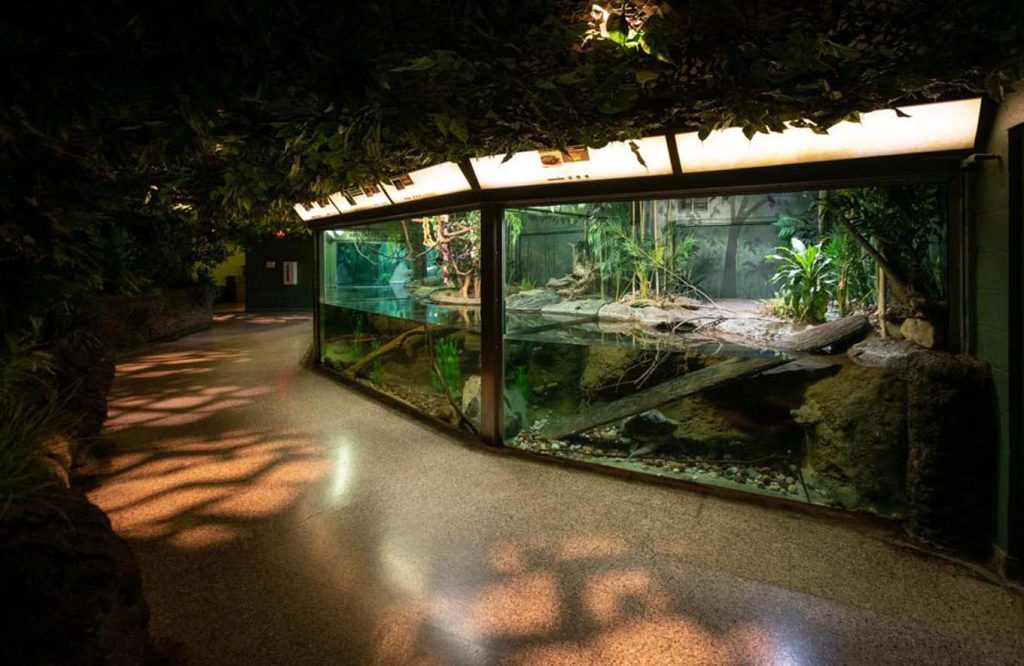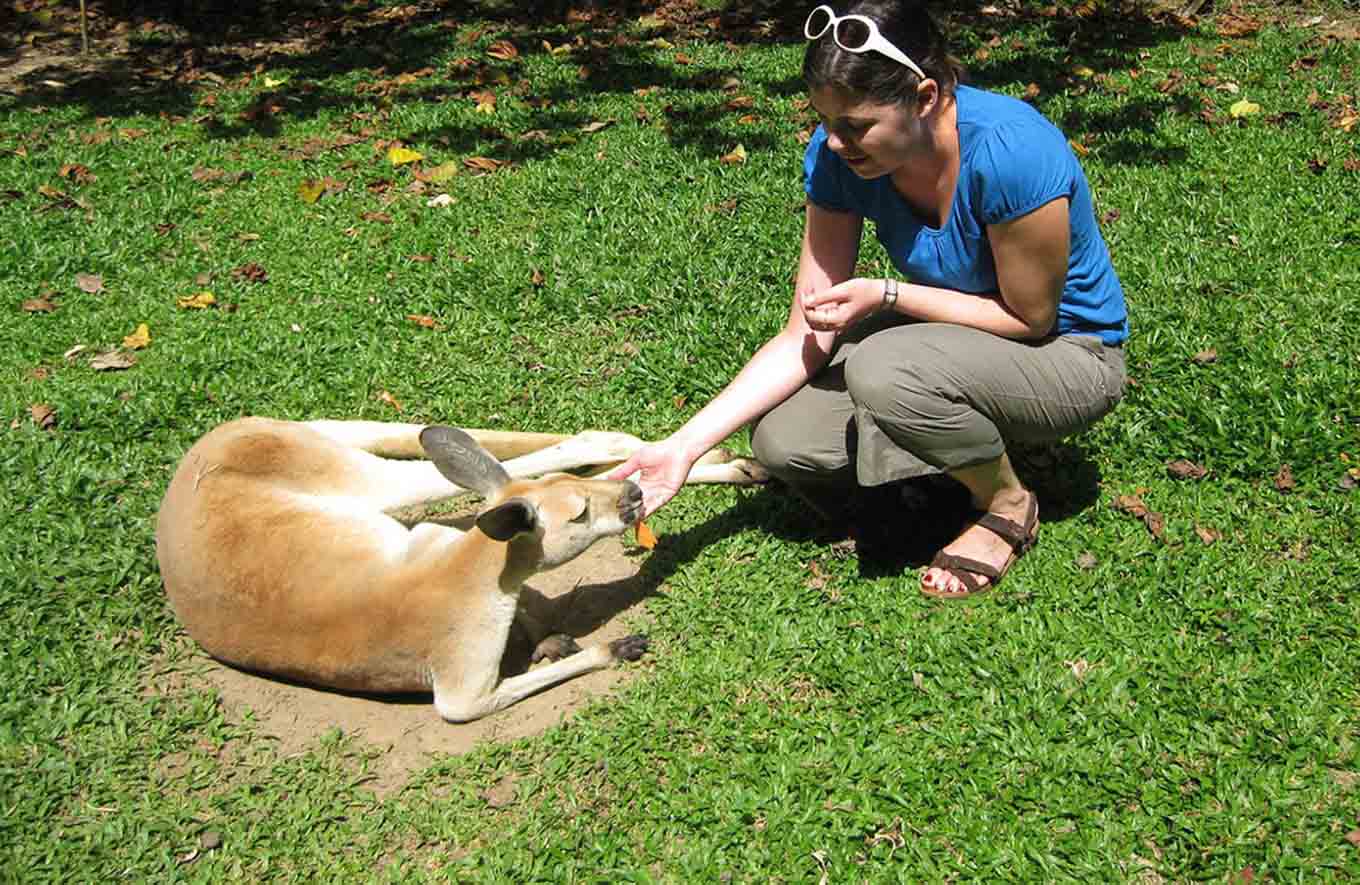1. Introduction to the Wildlife Wonders
If you’ve ever dreamed of getting up close and personal with Australia’s unique wildlife, Darwin is the perfect place to turn that dream into reality. As a hub of natural beauty and rich biodiversity, Darwin offers a range of unforgettable wildlife experiences, and one of the best ways to explore it is through the Darwin Wildlife Park.
Nestled in the heart of the Northern Territory, this wildlife sanctuary serves as a haven for both native and endangered species. What makes this park stand out is the opportunity to interact with these animals in a more intimate setting. This isn’t your average zoo experience. It’s an adventure, an educational journey, and a moment of awe all rolled into one.
2. Arriving at the Park
The moment you step foot into the Darwin Wildlife Park, you can feel a shift in atmosphere. The air is thick with tropical humidity, the ground is soft beneath your feet, and the calls of exotic birds fill the air. You immediately sense that this is a place where nature is revered and preserved. There’s a peaceful calm here, punctuated by the rustling leaves and distant sounds of animals calling to each other.
Upon entry, the vibrant surroundings are inviting. The park is expansive, stretching over several acres, and it’s designed to reflect the natural environment of the animals it houses. The paths wind through lush greenery, past shady trees and over soft earth. It’s a stark contrast to the concrete jungle of the city, offering a refreshing escape.
3. Getting Close to Kangaroos and Wallabies
One of the first animals you’ll encounter is the kangaroo. These iconic creatures, with their powerful legs and unique hopping gait, are scattered around the park. The atmosphere here is relaxed. The kangaroos don’t seem at all bothered by human presence. They go about their business of grazing and lounging under the shade, completely unperturbed.

I couldn’t resist the urge to get closer. At first, I stood quietly, observing them from a distance. But then, with the encouragement of the friendly staff, I made my way towards a few of the kangaroos lounging in the sun. As I approached, one of the younger kangaroos looked up at me, its large eyes filled with curiosity. The ranger explained that the kangaroos are habituated to human interaction, which made the experience feel even more special. I crouched down, carefully extending a hand. To my delight, the kangaroo walked closer and gently sniffed my fingers.
It wasn’t just the kangaroos that captured my attention. The park is also home to several species of wallabies, which are equally as fascinating. The wallabies are a little more shy than the kangaroos, often keeping their distance, but with patience, I was able to see them up close. Watching these small marsupials move through the grass, their ears perked at the slightest sound, gave me an appreciation for their quiet, elusive nature.
4. Crocodile Encounter: A Thrill for the Brave
One of the highlights of the Darwin Wildlife Park is the chance to witness one of Australia’s most infamous creatures: the saltwater crocodile. These reptiles, with their massive size and terrifying jaws, command respect from anyone who lays eyes on them. While it’s hard to forget the raw power they represent, there’s also a deep fascination that comes with seeing them in person.
The crocodile exhibit at the park is impressive. It’s designed to simulate their natural habitat, with water, mud, and rocks providing a perfect environment for these apex predators. I stood at the edge of the enclosure, watching in awe as a massive crocodile slid silently through the water, its eyes peering above the surface like a living relic from the age of dinosaurs.
The staff shared fascinating facts about these ancient creatures. I learned how they can live for over 70 years, how they can remain submerged for hours without coming up for air, and how their hunting skills are unmatched in the animal kingdom. Despite their fearsome reputation, the crocs were calm, basking in the sun, their movements slow and deliberate.
Later in the day, I had the opportunity to attend a live feeding session. It was an adrenaline-pumping experience to witness the crocodile’s power firsthand. When the keeper tossed a piece of meat into the water, the croc moved faster than I ever imagined, lunging out of the water with terrifying force to snatch its prey. The entire crowd gasped in awe.
5. Birdwatching and Meeting the Parrots
Australia is home to some of the most vibrant and colorful bird species in the world. The Darwin Wildlife Park takes full advantage of this, showcasing a stunning array of parrots, cockatoos, and other tropical birds. As you walk through the park, the calls of the birds are impossible to ignore. They fill the air, creating a symphony of natural sounds.
I was drawn to a particularly striking species – the crimson rosella. With its brilliant red and blue feathers, this bird looked like something out of a dream. I watched as it hopped along a low branch, its movements quick and fluid. Nearby, a sulphur-crested cockatoo caught my attention. It was perched high on a branch, squawking loudly, its striking white plumage and yellow crest impossible to miss.
The birds here are not just for observation. The park offers interactive experiences where visitors can hold the birds on their arms and even feed them. After some hesitation, I placed a small tray of seeds in my hand. Within moments, a parrot landed on my arm, pecking at the seeds. Its bright eyes locked with mine, and I couldn’t help but smile at how gentle it was. The staff explained that these birds are all trained to be comfortable with human interaction, which made the experience even more rewarding.
6. Emus and Other Unique Australian Creatures
As I wandered deeper into the park, I encountered another one of Australia’s fascinating creatures: the emu. These large, flightless birds are known for their long legs and distinctive, awkward gait. Watching them run across the park, their feathers ruffling in the wind, gave me a whole new appreciation for their unique charm.
The emus were curious creatures. A few of them walked up to the fence where I stood, peering at me with their beady eyes. Unlike the kangaroos or the parrots, they didn’t seem to care much about human interaction. Instead, they seemed more interested in searching the ground for food. Their long necks and large bodies make them imposing creatures, but there’s something endearing about their curious nature.
7. The Importance of Conservation Efforts
One of the aspects of Darwin’s Wildlife Park that stood out to me was the emphasis on conservation. The staff takes great pride in their efforts to protect endangered species and educate visitors about the importance of preserving wildlife. The park is home to several conservation programs that focus on breeding endangered species, rehabilitating injured animals, and releasing them back into the wild whenever possible.
I had the privilege of speaking with one of the rangers about these efforts. They explained how many of the animals at the park, including the northern hairy-nosed wombat and the black-footed rock-wallaby, are part of significant conservation initiatives. These animals are rare, with populations dwindling due to habitat destruction and human activity. The park’s work is crucial in ensuring their survival, and I left with a deeper understanding of the importance of protecting Australia’s unique wildlife.
8. The Unseen Wonders: The Reptile House

After spending hours enjoying the wide-open spaces and the interactions with the larger animals, I decided to explore the reptile house. Inside, the temperature is kept cooler, offering a more controlled environment for the various reptiles housed there. The dimly lit corridors and carefully curated exhibits made it feel like stepping into another world – a world where some of the most fascinating and deadly creatures reside.
The highlight of my visit to the reptile house was definitely the collection of snakes. There were pythons, taipans, and even the infamous inland taipan, considered one of the most venomous snakes in the world. Despite their dangerous reputation, seeing these creatures up close was a surreal experience. The staff was on hand to provide information about each species, explaining their habitats, behaviors, and how they’ve adapted to survive in Australia’s harsh environment.
9. Ending the Day at the Park
As the day came to a close, I made my way towards the exit, reflecting on the amazing experiences I had encountered. The time spent in Darwin’s Wildlife Park had been filled with jaw-dropping moments and intimate animal encounters that I would never forget.
This wasn’t just another wildlife park. It was a place where I had the chance to connect with nature in a way that felt raw and real. The animals here weren’t just exhibits; they were living, breathing creatures with their own personalities, behaviors, and stories. It was a powerful reminder of the wild beauty that Australia holds, and how important it is to protect it.
Leaving the park, I couldn’t help but feel grateful for the opportunity to have been a part of this world, even if just for a day. The memories of the kangaroos, the crocodiles, the parrots, and the emus would stay with me long after I left. Darwin had offered me an experience that was as much about the animals as it was about connecting to the natural world in a way that only places like this can provide.



